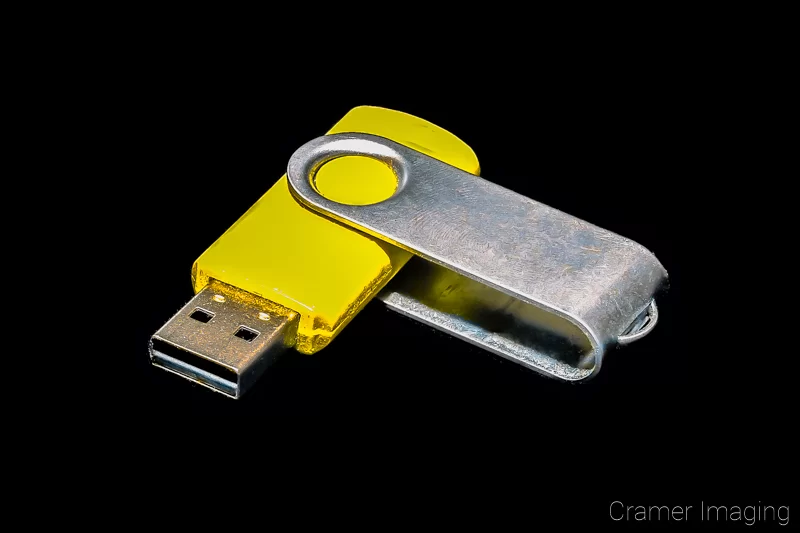While most of the fine art photography you will be ordering from Audrey Cramer Photography will be a printed format, what of your other precious photos: memories you have saved from your trips, family get-togethers, birthdays, holidays, vacations, and more? If you’re like most people, many of these are on your phone or your computer. What about your wedding photos? Did you obtain prints, or did you buy a CD/DVD with digital copies of the images?
What happens to all your photos if something goes wrong with these storage devices?

The loss of precious memories, in the form of photos, can be traumatic for some people. In this modern digital age, such a loss is far easier and more common than before.
When I was young, the only real way to have photos was to have traditional photo prints. These prints were not the kind you print with a printer which puts ink on a page. These prints were on photosensitive paper which changed with exposure to light.
You only lost your photos if the physical copy(ies) were somehow damaged or misplaced. Often you could redevelop the negatives or return to the photographer for more copies at a cost.
Now, this kind of loss did happen frequently. Things like house fires, natural disasters, minor flooding due to an overflowing washing machine, or just not watching your three-year-old when he decided to go through your photo album were all ways people lost their precious photos. Even the best kept and preserved prints slowly succumbed to the ravages of time rendering what was once a vibrant color photo into a dull and sickly yellow.

Now we store everything digitally. We think we can keep our photos safer but in reality, we don’t actually keep them safe. They’re even more at risk. Most people store photos on their computers or phones and nowhere else. Now your phone is just as vulnerable to all of the dangers that destroy paper photos, but also everything that causes your phone to die.

Have you ever dropped your phone in the toilet or lost it? Have you ever just had your computer die? Do you know anyone who has gotten a virus which the tech could only remove by totally wiping and reinstalling the operating system? People even lose photos after doing a phone upgrade. Sure, you can usually transfer them, but sometimes bad things happen and something gets missed. Have you heard of ransomware which encrypts your data (including photos) unless you pay the ransom?

Some people store information in the cloud. Of course, “The Cloud” is just a computer somewhere where the information is saved. It is nothing special, and if you don’t have control of your data, someone can take it from you any time they want to. Sure, maybe your cell phone provider will store such data for you. What happens when you change providers?
Making Copies
You should make a copy of anything you want to save. If your phone breaks, what happens to all the photos on it? Sure, you can transfer them to another phone if your old phone works well enough to make the transfer. Of course, if it suffers an event that renders it in small pieces or gets damaged in water, you might be out of luck.

Maybe you have your photos saved on your computer or somewhere in the “cloud.” Wherever you have your pictures (or any important files for that matter), you should have them backed up.
In fact, you should back your photos up at least twice. If possible, you should store one of those backups safely somewhere other than where you live or work.
For example, if you have a lot of images stored on your computer, you should also copy them to something other than your computer like an external hard drive, a writable CD/DVD/Blu-Ray disc or a flash drive. This is your first backup.
Your second backup should be to the cloud or to a second hard drive, CD/DVD/Blu-Ray or flash drive that you keep somewhere else like a family member’s house or in a safety deposit box.
Why all the extra effort? Because bad things happen. This is a fairly typical practice in nearly every larger institution. We call this solution an “offsite backup.” The principle is that something bad can happen at any one location but is far less likely to happen at two or more locations.
You also need to take into account your method of backup. Every storage medium has good and bad points to consider.
How Businesses Store Data
Traditional professional backup methods include tape drives. The tapes can hold a lot of data and are insanely expensive. Tape drives are incredibly reliable and can handle fairly rough treatment, but they aren’t the only business option. Businesses also store data on huge server farms with extensive backup options. However, these aren’t options for most people looking to backup personal information or photographs.

Since these options are beyond the budget of most consumers, let’s check out a few options which will be a little more comfortable on your wallet.
Backup Options for Consumers
There are a few options available for photography backup storage. These options include cloud storage, external hard drives, writable media, and flash media.
Cloud Storage
Now you can certainly use the cloud as your offsite location and may enterprise institutions are doing just that. Do keep in mind, however, that they need their stored business data for about 5 years or so. Most people keep precious photos for generations.

Since no cloud storage company has been around for generations yet, they remain untested for such long periods of time. Many cloud storage companies offer free accounts with a certain small volume of storage for free. When dealing with photos and videos, you’ll consume this space extremely quickly.
For larger volumes of storage, they’re also pay services (usually monthly) meaning you pay for the storage and continued access to your photos. When you stop paying your data goes away. This isn’t a problem if you’re running a business and have a regular backup schedule. If you’re trying to keep precious photos for a very long time, cloud storage may get very expensive.
External Hard Drives
External hard drives are nice. They are fairly robust and can withstand moderate to rough handling. Most portable external hard drives can even handle a short drop onto carpet without dying.

Regular hard drives are great for your immediate on-site backup. Regular hard drives do have internal moving parts and can fail both electronically and mechanically so be aware.
Solid state hard drives are more popular. They are vastly more expensive but they’re a bit more robust toward rough handling and temperature extremes. They are a little less reliable in general use, so if you’re setting one on a desk and simply saving to it, you will find them less reliable. In addition, they also “wear out” faster if you write to them a lot. Mechanical hard drives can handle far more writes to a given area than a solid-state drive.
Writable CD-Like Media
Writable CD/DVD/Blu-Ray discs are a good cheap way to archive data. Though writable Blu-Ray drives are still a little unusual at this time, they’re not exactly rare. DVD drives are also starting to go out of fashion in new laptops and very low-end desktop computers but they’re still very common.
Be aware that such writable CD type media have a fairly short lifespan. Depending on where, how, and when that particular disk was made, it may have a 5–20-year lifespan so make sure to re-copy your disks periodically.

These disks tend to degrade slowly causing some read errors or a problem in a photo here and there. A quick google search can lead you to further information on this subject but, from what I’ve read, it’s almost impossible to predict which discs will fail earlier and which will fail later. There is some correlation to price, but not really enough to justify the more expensive CD’s.
Note that this only applies to consumer grade writable media. Your commercially produced DVDs or music CD’s have a much longer lifespan due to a vastly different method of production. It’s a cheaper method if you’re creating thousands or millions of copies of the same disc but not cost effective if only producing a couple of copies.
Flash Media
What most people think of as a flash drive is a small key-chain sized dongle which plugs into the USB port. This is true but not the entire category. SD and Micro SD cards would fit into the same category.
All of these drives are basically the same as solid state drives. They’re more expensive than CD type media but can be rewritten more easily than re-writable media.

They suffer from the same weakness as a solid-state drive in that they tend to wear out with many writes to the same area. They are made more cheaply than a solid-state hard drive, so the failure rate is a bit higher. Also, they don’t fail slowly like CD’s but just stop working one day or simply lose the data. They’re small so you can store them easily, and cheap enough you can have several on hand.
Copyright Disclaimer
However, you choose to back up your photos, be sure not to violate the copyright of the photographer. This means that if your wedding photographer didn’t give you permission to do so, you will be in violation of copyright law if you copy those photos even though you are in them. Likewise scans of professional portraits would also likely be a violation.

If you want to back your photos up with scans, then you need to clear any scans of professional photographs with the photographer BEFORE you make the scan. Then, you will not risk having to delete your backup file after an unpleasant conversation with a lawyer. Check out this article to learn more about copyright infringements.
Conclusion
Proper backup procedures will help to ensure that you won’t ever lose your precious photo memories in an unforeseen disaster. They will ensure that you will be able to enjoy your beautiful images for years to come.



